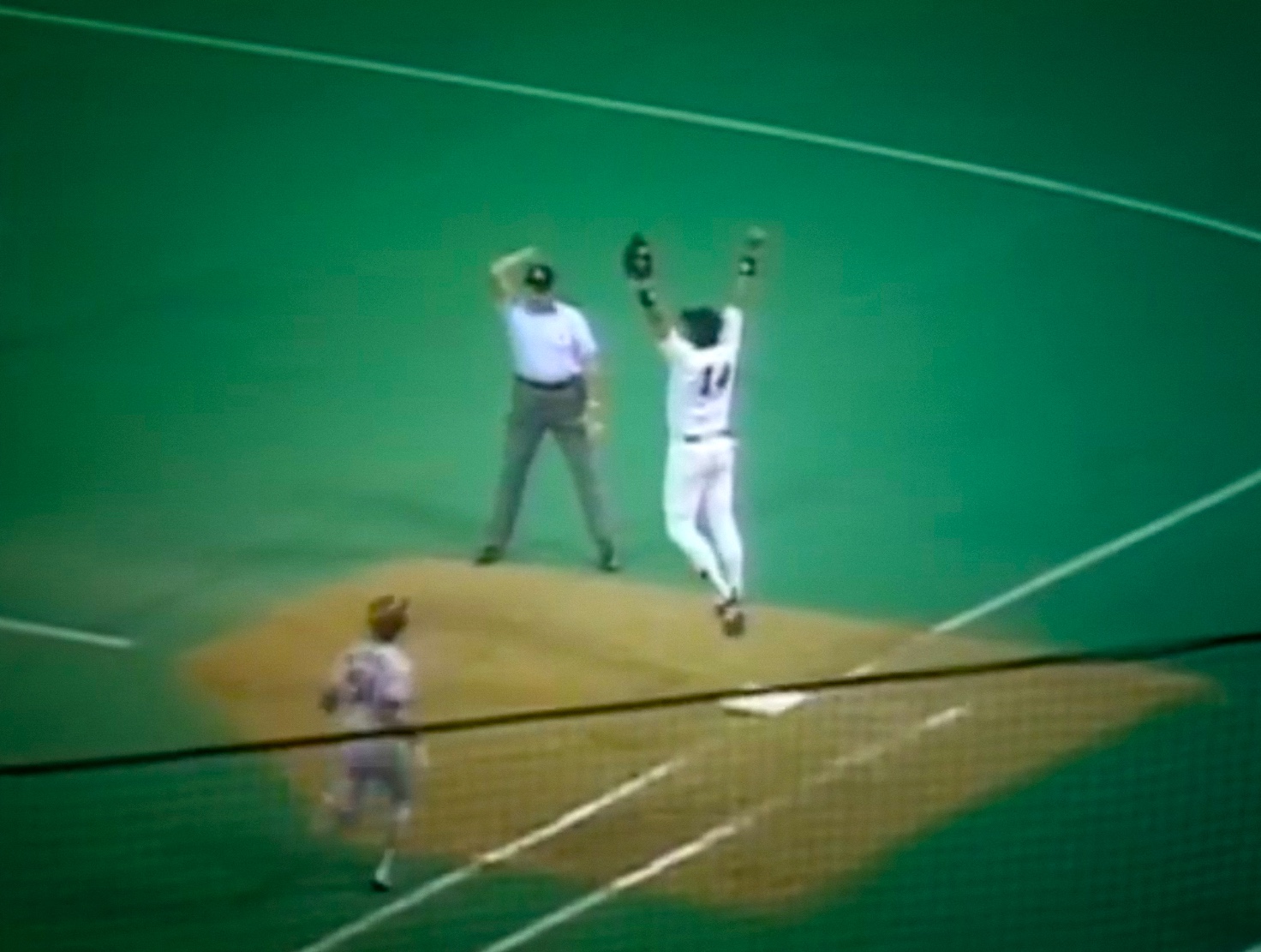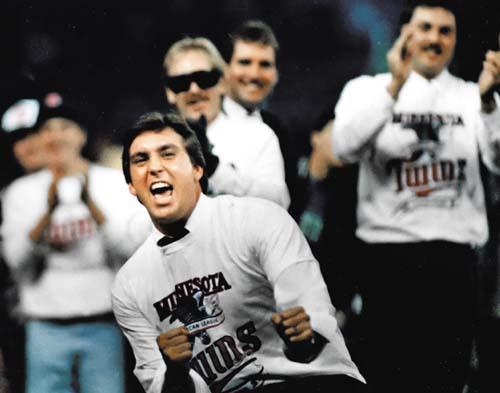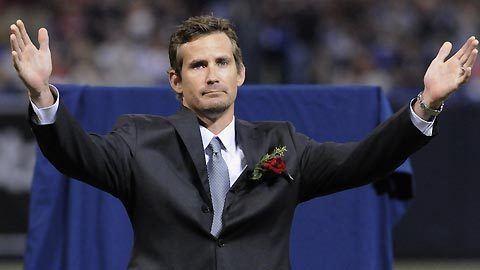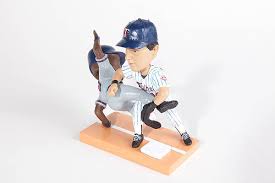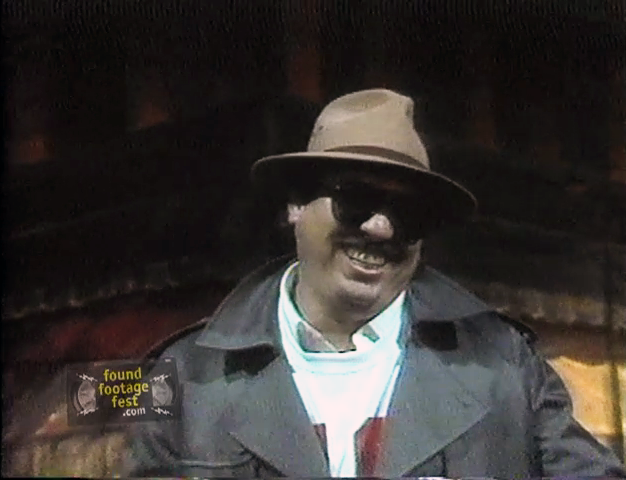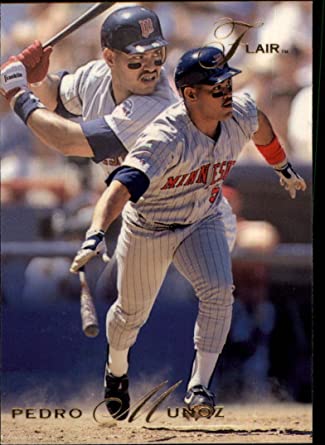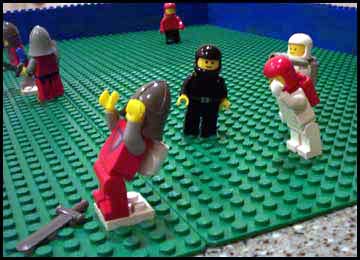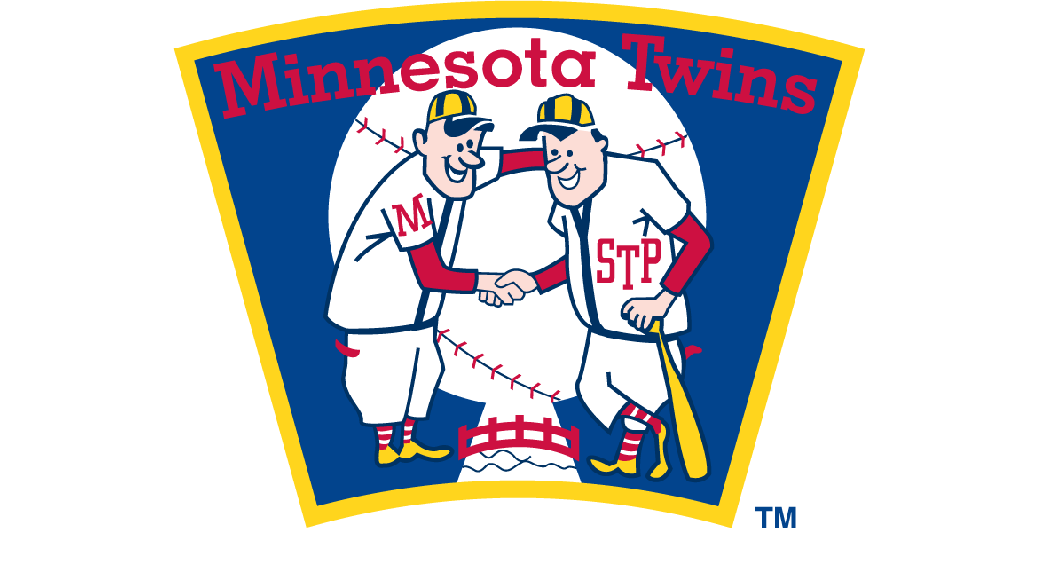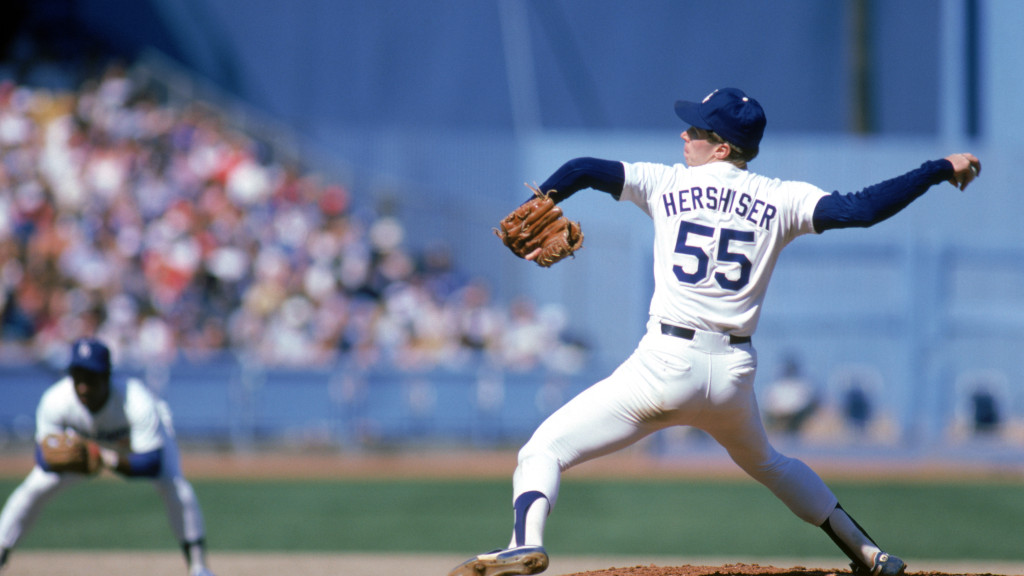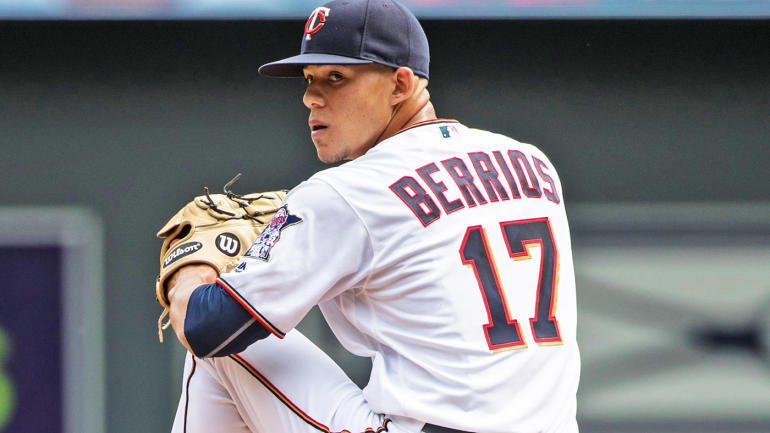1. Twins Win Their First World Series
16. Juan Rincon Induces a 4-3-5 Triple Play.
Considering the Twins won this game and the division by just one game, this turned out to a pretty important play. Mostly, I just thought it was hilarious.
2006: On May 14, just 13 days earlier, the Twins hit into a triple play against the White Sox. Luis Castillo was the batter (on a bunt pop) in the Chicago game and one of the fielders in Minnesota’s fielding trifecta. “I said, ‘We got it!'” Castillo said after turning the trick against Seattle. “Last time, they got me. Now we got the other team.” Against the Mariners, Juan Rincon entered the game to face Kenji Johjima, who hit a grounder to second on the first pitch. Castillo fielded the ball, tagged out Adrian Beltre then threw to first to get Johjima. First baseman Justin Morneau noticed Carl Everett was leaning the wrong way off third base and fired a strike to Tony Batista, the third baseman tagging out Everett to complete the triple play. Said Rincon: “Seeing this one is fun. Seeing the other one is not fun.” Johjima had perhaps the most interesting comment: “This wasn’t the first time that’s happened to me,” he said through an interpreter.”
The Better Moment
- Twins Win 87 World Series (100%, 20 Votes)
- Rincon Induces Triple Play (0%, 0 Votes)
Total Voters: 20

